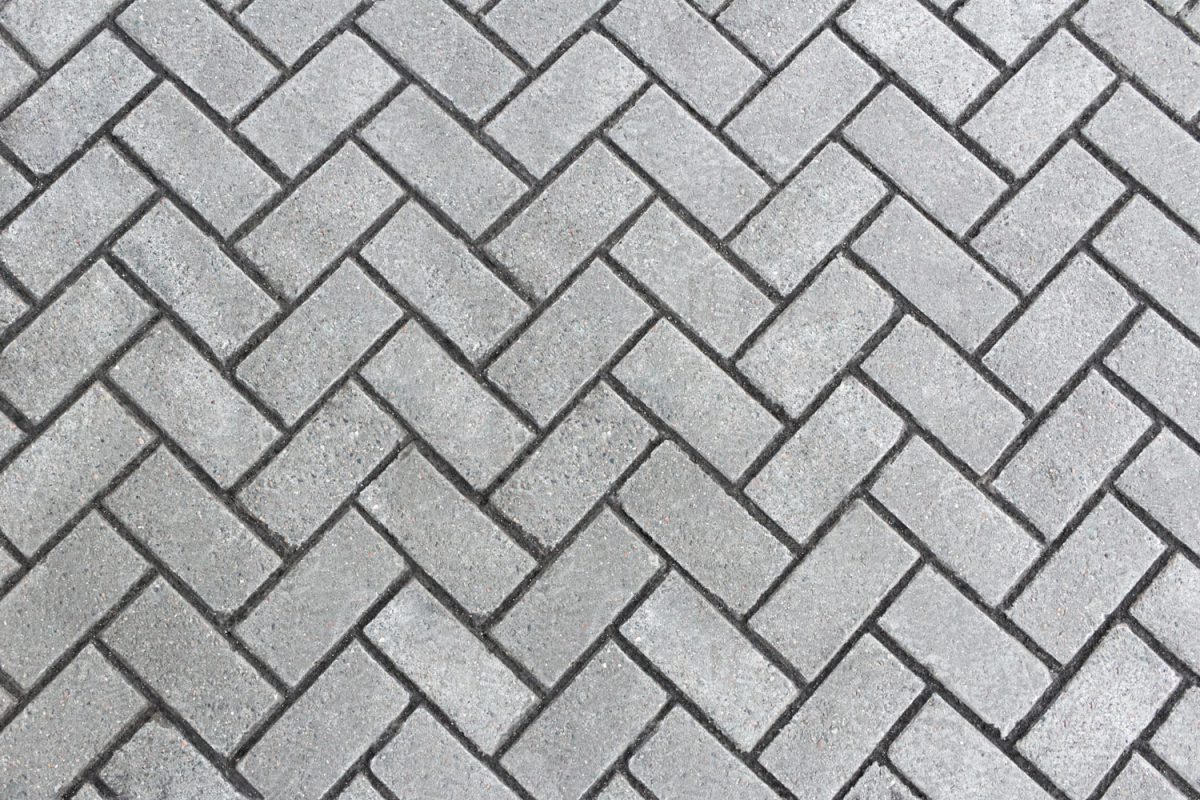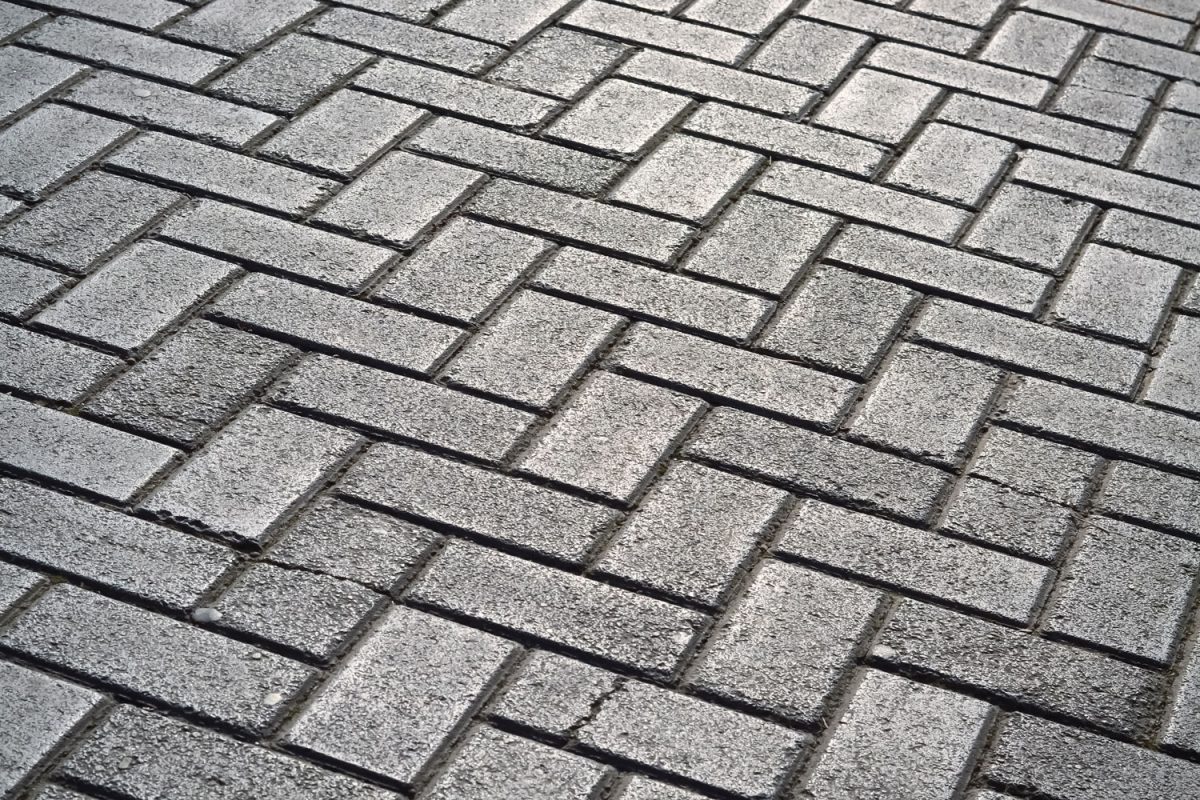Disclosure: We may get commissions for purchases made through links in this post.
Application of polymeric sand is typically one of the easier parts of paving, but alas, why is it not going according to your plan? Your sand is still as mushy as ever and not firming up as expected. Did you miss something and not looked into its expiration? Does polymeric sand even expire? Read on ahead for the answers that we've found to these questions.
The simplest answer is water. Polymeric sand works effectively through drying, if you've over-watered it or there is sustained dampness seeping from the bedding, polymeric sand will not harden.
Polymeric sand, also known as jointing sand or paver sand, is a type of fine sand with additives and binder activated by water, that is commonly used in between pavers to hold them together. As stated, applying paver sand is one of the easiest steps in installing your pavers albeit it might be the trickiest one. If it won't harden, taking it out and applying another round again will cost you another day. As a time-saving step, it's better to arm yourself with the basic information about its handling and application which you can read below.
![Concrete pavers on the patio, Why Is My Polymeric Sand Not Hardening? [And Does It Expire]](https://pavingplatform.com/wp-content/uploads/2022/02/Why-Is-My-Polymeric-Sand-Not-Hardening-And-Does-It-Expire-800x1200.png)
Common Culprits for Paver Sand Problems
1. Too Much or Too Little Water
Paver sand installation requires that it will be wet to at least 1-1/2" deep. You can use a screwdriver to check the level of depth the water has penetrated. The trick to watering the sand is setting the nozzle on shower mode, and to start watering at the top part of your pavers.
Soak the area for 30 seconds without disturbing the sand. You should wait for a couple of seconds before soaking the area again for another 30 seconds.
2. Damp Pavers or Joints
Water is the downfall of any paver project, you have to make sure that the pavers or joints are completely dry. Any moisture coming from the base or the bedding sand is a big no-no as well. Lack of compaction can also be a cause for the bedding sand to be holding more water than necessary leading to damp pavers and joints.
3. Poor Drainage
Pavers should sit on top of crushed limestone, aggregate, or concrete with bedding sand to be able to drain properly. This would help your polymeric sand stay intact during the rainy season since it will allow the water to drain out instead of pooling under the pavers.
4. Overfilling Your Joints
You may think the more the better in filling up your joints but that is not the case in using paving sand. You should always leave a 1/8" gap from the top of the paver to the sand to avoid spill-over. Over-filled joints will also get damaged in the long run due to scruffing from the surface.
5. Wrong Polymeric Sand For the Job
Last but not least you have to pick the right type of sand for the job. Not all sacks of polymeric sand are created equal which is why you should be discerning in what to use. Aside from different colors and particles, there are also different paving sands that can be used for commercial and industrial areas. Your local supplier or hardware store should be able to assist you in making a decision.

6. The Gaps Between Pavers is Too Wide or Narrow
You should also check that the space between the pavers is between 1/8" and 4". If it's too wide the sand will become too soft and not compacted if it's narrow it will overflow and run off.
How Deep Should Polymeric Be?
So, the first stop after prepping your area (base and bedding sand is well-compacted, edge restraints in place, pavers arranged accordingly) is applying your jointing sand to help keep those pavers in place. You should apply your polymeric sand between 1" and 1-1/2" deep.
How Long Before Polymeric Sand Dries?
You should give your sand a good 24-hour drying period at a temperature not lower than 32°F. Hot and dry temperatures are a big help in ensuring your paver joints dry up properly. You should avoid walking on your pavers for the 24-hour drying period so as not to disturb the pavers, and if your project is for a motor-vehicle area, make it 48 hours.
Does Polymeric Sand Expire?
Yes and no, it's more about keeping moisture out of your left-over sand. If you have unused polymeric sand, you can keep it in its original bag but make sure to keep it in a dry place. If unaffected by humidity, your polymeric sand may be usable for one to five years.
How Do You Remove Old Polymeric Sand?
If you want to re-do your hardened polymeric sand, the fastest way to remove old polymeric sand is a hot pressure washer set at 180°F. You should also make sure that the water pressure should be in the medium range, around 1600-2000 psi only, or else you'll risk dislodging your pavers as well.
If you will be replacing a relatively smaller space you can use boiling water. The hot water will activate the polymers in the sand and make it soft again and you will be able to dig out the old ones. You have to keep in mind to completely dry out the surface for at least 24 hours before applying your new batch of jointing sand.
Can I Top-Up My Polymeric Sand?
If topping up means you'll be using regular sand halfway in between the pavers and then just topping the whole thing off with polymeric sand, then that won't do. As much as possible you should be using a single product in one application.
How Often Do I Need To Re-Apply Polymeric Sand?
If applied correctly your polymeric sand can last up to 10 years even more so if protected by a sealer.
How Do I Clean Up Polymeric Sand
Paver sand can be washed away, or much better clean up dry left-over sand and bagged properly. You can contact your local waste disposal location for instructions. Though paver sand does not pose any threat to the environment, it has crystalline silica which is a known carcinogen and may also affect young kids with asthma or breathing problems.
Sand is also a great collector of dust and other particles which means it gets contaminated quickly. Routine disposal of sand, if not to be repurposed or reused is highly recommended.
In Closing

You just have to keep in mind that the most likely suspect in your paving sand, not hardening is water. Polymeric sand needs at least 24 hours to cure properly. Another thing that will help is to not start your paving project in a shaded area since that will factor in it not drying properly.
For more tips in paving or upkeep on your driveways please head on to our blog post about keeping your exposed aggregate polished.


![Vibrant Red Paver Stone Path, Can You Spray Paver Sealer? [How To Apply It]](https://pavingplatform.com/wp-content/uploads/2022/04/Vibrant-Red-Paver-Stone-Path-600x400.jpg)
![Properly laid out red pavers for a garden, Can You Tint Paver Sealer? [And How To]](https://pavingplatform.com/wp-content/uploads/2022/04/Properly-laid-out-red-pavers-for-a-garden-600x400.jpg)
